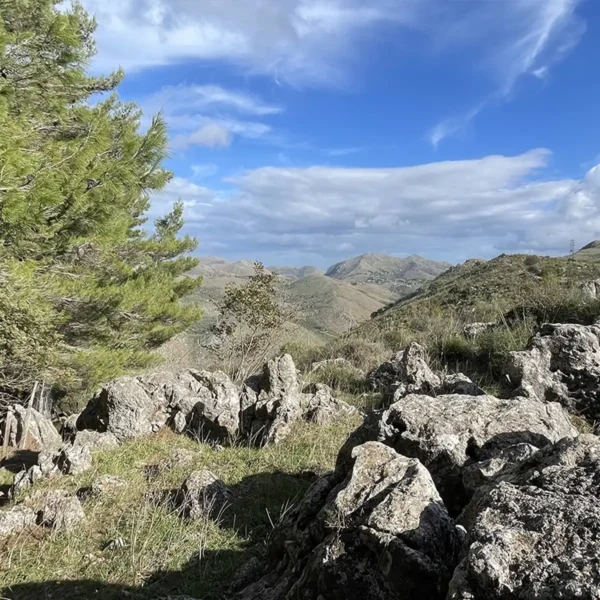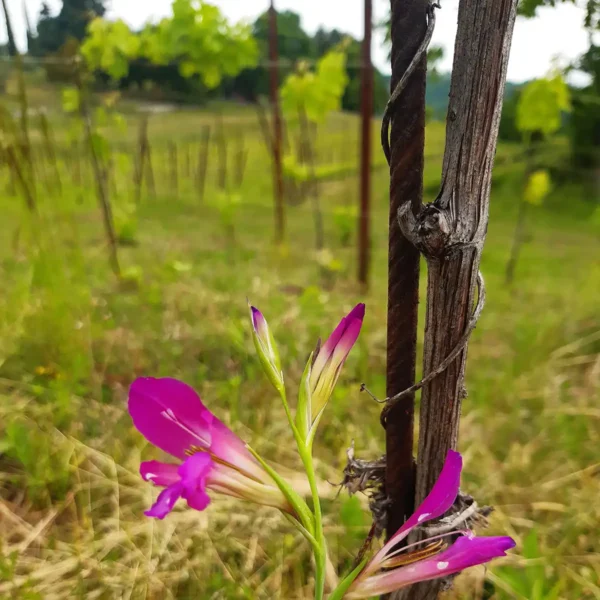
Grapevine
Lovers of good things
Trendiest people
Who wants to say "thank you"
The common grape vine is a shrub widespread all over the world. Historically, its cultivation developed in 7500 B.C. in the territories now corresponding to Georgia and Armenia. Grape production then spread to the Arabs, Jews and Greeks. It was the Greeks who pioneered the grape harvest: we all remember the famous cult of Dionysus, the mythical inventor of wine in Hellenic culture. Dedicated – needless to say – to wine lovers!
Scientific name: Vitis vinifera
Common name: Grapevine
Vitis vinifera is the most important species in the Vinaceae family thanks to the characteristics of its fruit, that you know for sure. The grape vine is a climbing shrub with an irregular habit, which is adjusted based on its form of cultivation. Since it is very elastic, it is easy to support its structure with iron supports. The leaves are long petiolate, large, palmate and with a serrated edge. The small green flowers gather in large inflorescences…in bunch! From these spring the beloved juicy berries, whose color varies with the vine: green to yellow, pinkish to purplish-red, black to bluish-black. Being part of the deciduous trees, it rests during the winter.
Grapevine, along with barley, wheat, millet, flax and cotton is one of the first crop to be cultivated. It probably appeared in the Transcaucasus between 10,000 and 8,0000 years ago. The use of the grapevine has varied over time. Initially, the berries were eaten as fruit, but as early as Mesopotamia and Ancient Egypt they became the basis for winemaking about 5,000 years ago.
Basiedes the production of wine, vinegar and juice, the grapevine is also valuable for its shoots, seeds and leaves. The former are useful for cooking artichokes "alla matticella", a popular recipe in southern Italy. At the time of pruning, vine shoots are gathered in bundles and burned to form a few centimeters of embers, where artichokes are drowned, seasoned with plenty of olive oil, mint and salt. Vine seeds have strong antioxidant capacities and more: they have cardiovascular and microcirculatory protective, anti-inflammatory, antibacterial, and antiviral functions. Similarly, leaves harvested after the grape harvest help stabilize capillary vessels in cases of venous insufficiency. Do you have tired legs and an empty belly? Choose one of countless Mediterranean recipes and make rolls stuffed with rice, meat or vegetables.
What makes it unique
of CO2 captured over a year
Forests where you can grow your own Grapevine, adopting or giving it away.

Bosco dei Sette Cieli
 Italia
Italia
Mezzaluna della Biodiversità
 Italia
Italia

